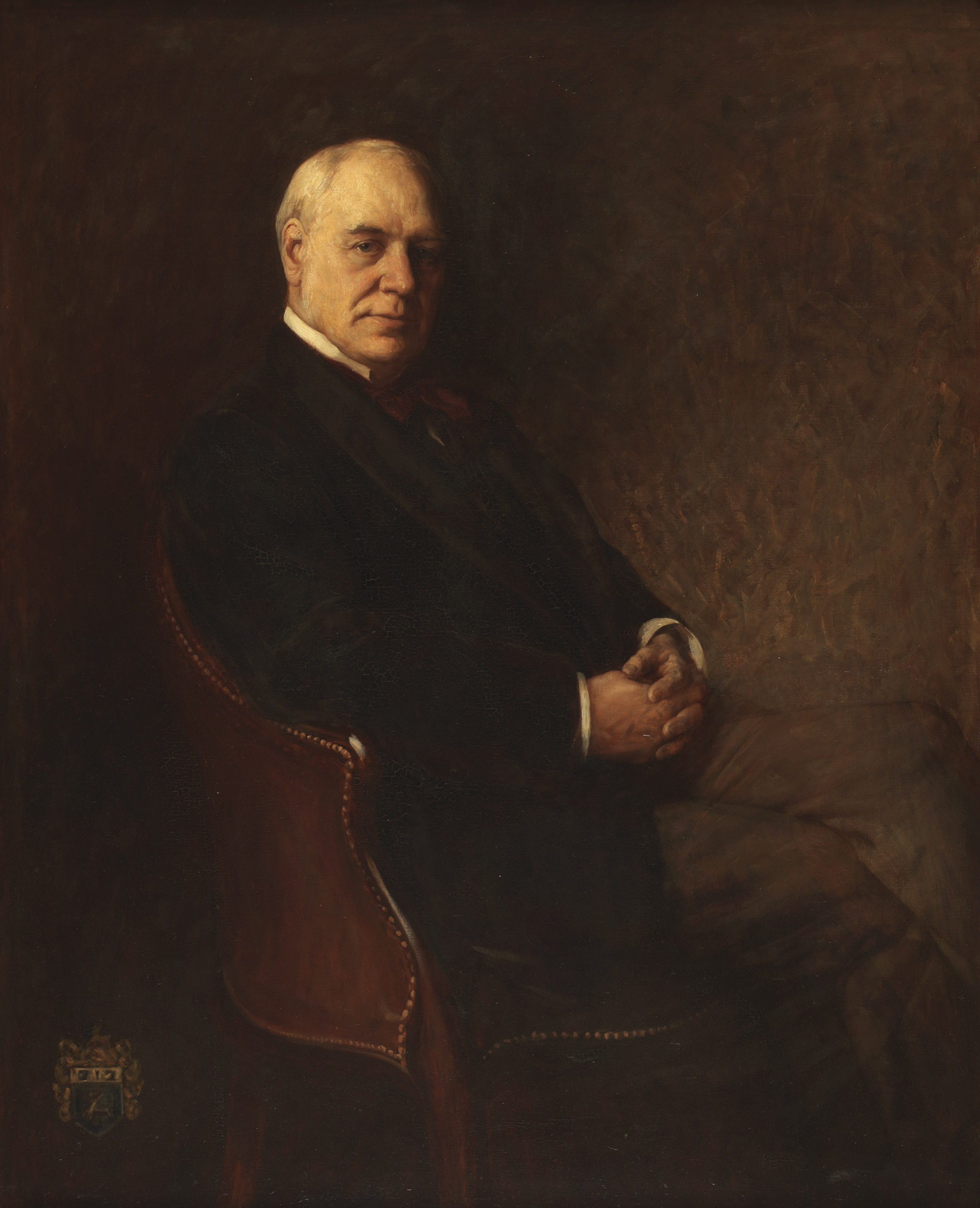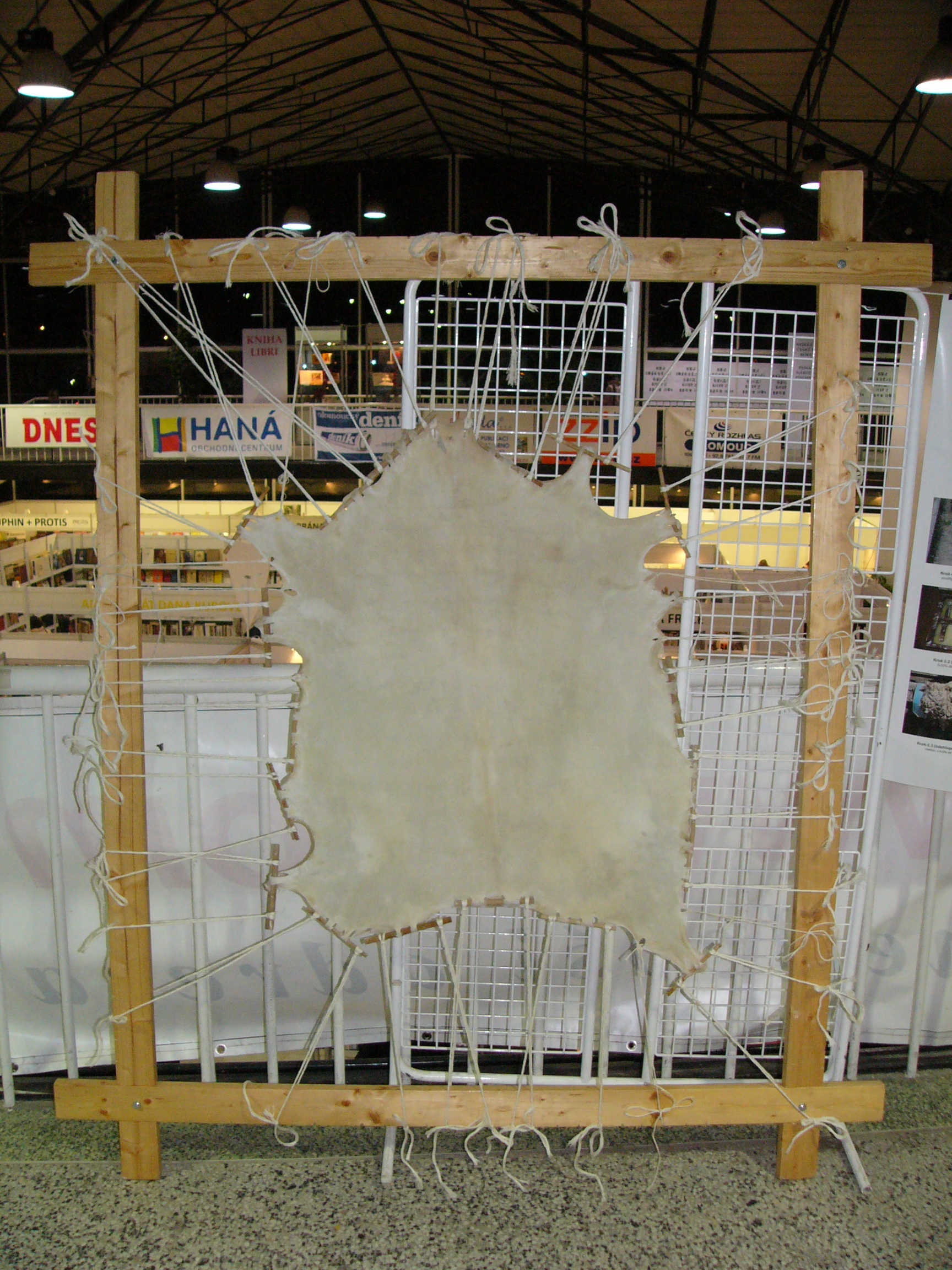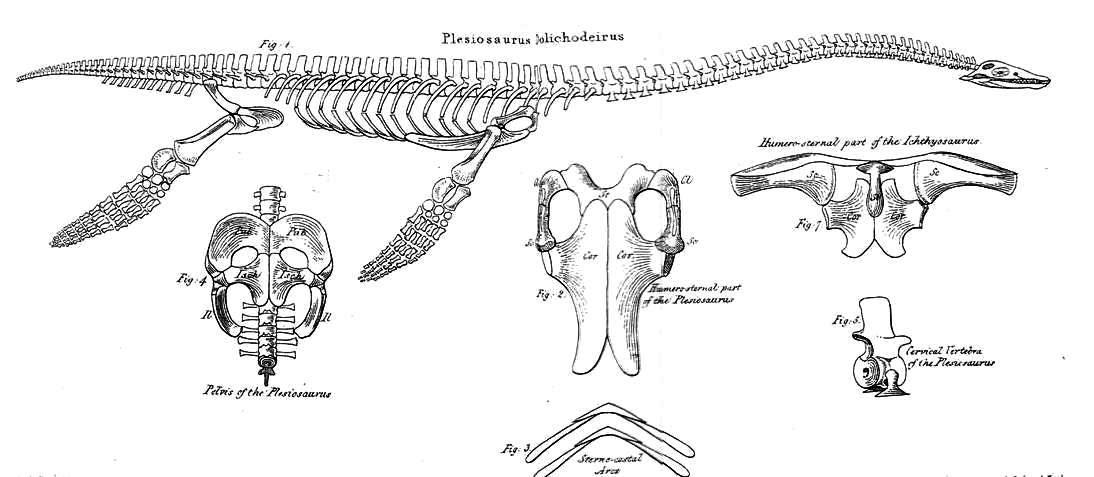|
NLW MS 20143A
NLW MS 20143A is a Welsh-language manuscript of the laws of Hywel Dda dating from the middle of the 14th century. It is one of the few surviving Welsh manuscripts of the period to have a medieval binding, and has been digitised by the National Library of Wales, which acquired the manuscript in 1969. Contents The manuscript contains a copy of some of the law that applied in medieval Wales, known as ''Cyfraith Hywel'' (the law of Hywel, after the Welsh king Hywel Dda). It includes a copy of the laws of court (the rights and duties of the king and his officers), in the Cyfnerth redaction, and some other legal material. The outer leaves of the manuscript are waste pages of parchment from other manuscript: an extract from a commentary on part of the First Epistle to the Corinthians and parts of the orders of service for marriage and visiting the sick. Two scribes wrote the manuscript together and differences in their handwriting can be seen. Drawings in the margins of the folios in ... [...More Info...] [...Related Items...] OR: [Wikipedia] [Google] [Baidu] |
Cyfraith Hywel
''Cyfraith Hywel'' (; ''Laws of Hywel''), also known as Welsh law ( la, Leges Walliæ), was the system of law practised in medieval Wales before its final conquest by England. Subsequently, the Welsh law's criminal codes were superseded by the Statute of Rhuddlan in AD 1284 and its civil codes by Henry VIII's series of Laws in Wales Acts between 1535 and 1542. Welsh law was a form of Celtic law with many similarities to the Brehon law of Ireland and particularly the customs and terminology of the Britons of Strathclyde. It was passed down orally by jurists and bards and, according to tradition, only first codified during the reign of Hywel Dda in the mid-10th century. The earliest surviving manuscripts, however, are in Latin, date from the early 13th century, and show marked regional differences.Wade-Evans, Arthur. ''Welsh Medieval Law''. Oxford Univ., 1909. Accessed 1 Feb 2013. The law is only known to have been revised by a few rulers (particularly Bleddyn ap Cynfyn, wh ... [...More Info...] [...Related Items...] OR: [Wikipedia] [Google] [Baidu] |
National Library Of Wales
The National Library of Wales ( cy, Llyfrgell Genedlaethol Cymru), Aberystwyth, is the national legal deposit library of Wales and is one of the Welsh Government sponsored bodies. It is the biggest library in Wales, holding over 6.5 million books and periodicals, and the largest collections of archives, portraits, maps and photographic images in Wales. The Library is also home to the national collection of Welsh manuscripts, the National Screen and Sound Archive of Wales, and the most comprehensive collection of paintings and topographical prints in Wales. As the primary research library and archive in Wales and one of the largest research libraries in the United Kingdom, the National Library is a member of Research Libraries UK (RLUK) and the Consortium of European Research Libraries (CERL). At the very core of the National Library of Wales is the mission to collect and preserve materials related to Wales and Welsh life and those which can be utilised by the people of Wal ... [...More Info...] [...Related Items...] OR: [Wikipedia] [Google] [Baidu] |
Hywel Dda
Hywel Dda, sometimes anglicised as Howel the Good, or Hywel ap Cadell (died 949/950) was a king of Deheubarth who eventually came to rule most of Wales. He became the sole king of Seisyllwg in 920 and shortly thereafter established Deheubarth, and proceeded to gain control over the entire country from Prestatyn to Pembroke. As a descendant of Rhodri Mawr through his father Cadell, Hywel was a member of the Dinefwr branch of the dynasty. He was recorded as King of the Britons in the '' Annales Cambriæ'' and the ''Annals of Ulster''. Hywel is highly esteemed among other medieval Welsh rulers. His name is particularly linked with the codification of traditional Welsh law, which were thenceforth known as the Laws of Hywel Dda. The latter part of his name (''Dda'', lit. "Good") refers to the fact that his laws were just and good. The historian Dafydd Jenkins sees in them compassion rather than punishment, plenty of common sense and recognition of the rights of women. Hywel Dd ... [...More Info...] [...Related Items...] OR: [Wikipedia] [Google] [Baidu] |
First Epistle To The Corinthians
The First Epistle to the Corinthians ( grc, Α΄ ᾽Επιστολὴ πρὸς Κορινθίους) is one of the Pauline epistles, part of the New Testament of the Christian Bible. The epistle is attributed to Paul the Apostle and a co-author, Sosthenes, and is addressed to the Christian church in Corinth. Scholars believe that Sosthenes was the amanuensis who wrote down the text of the letter at Paul's direction. It addresses various issues that had arisen in the Christian community at Corinth, and is composed in a form of Koine Greek. Authorship There is a consensus among historians and theologians that Paul is the author of the First Epistle to the Corinthians (c. AD 53–54). The letter is quoted or mentioned by the earliest of sources, and is included in every ancient canon, including that of Marcion of Sinope. Some scholars point to the epistle's potentially embarrassing references to the existence of sexual immorality in the church as strengthening the case for ... [...More Info...] [...Related Items...] OR: [Wikipedia] [Google] [Baidu] |
Parchment
Parchment is a writing material made from specially prepared untanned skins of animals—primarily sheep, calves, and goats. It has been used as a writing medium for over two millennia. Vellum is a finer quality parchment made from the skins of young animals such as lambs and young calves. It may be called animal membrane by libraries and museums that wish to avoid distinguishing between ''parchment'' and the more-restricted term ''vellum'' (see below). Parchment and vellum Today the term ''parchment'' is often used in non-technical contexts to refer to any animal skin, particularly goat, sheep or cow, that has been scraped or dried under tension. The term originally referred only to the skin of sheep and, occasionally, goats. The equivalent material made from calfskin, which was of finer quality, was known as ''vellum'' (from the Old French or , and ultimately from the Latin , meaning a calf); while the finest of all was ''uterine vellum'', taken from a calf foetus or s ... [...More Info...] [...Related Items...] OR: [Wikipedia] [Google] [Baidu] |
Folio
The term "folio" (), has three interconnected but distinct meanings in the world of books and printing: first, it is a term for a common method of arranging sheets of paper into book form, folding the sheet only once, and a term for a book made in this way; second, it is a general term for a sheet, leaf or page in (especially) manuscripts and old books; and third, it is an approximate term for the size of a book, and for a book of this size. First, a folio (abbreviated fo or 2o) is a book or pamphlet made up of one or more full sheets of paper, on each of which four pages of text are printed, two on each side; each sheet is then folded once to produce two leaves. Each leaf of a folio book thus is one half the size of the original sheet. Ordinarily, additional printed folio sheets would be inserted inside one another to form a group or "gathering" of leaves prior to binding the book. Second, folio is used in terms of page numbering for some books and most manuscripts that ... [...More Info...] [...Related Items...] OR: [Wikipedia] [Google] [Baidu] |
Marginalia
Marginalia (or apostils) are marks made in the margin (typography), margins of a book or other document. They may be scribbles, comments, gloss (annotation), glosses (annotations), critiques, doodles, drolleries, or illuminated manuscript, illuminations. Biblical manuscripts Biblical manuscripts have liturgical notes at the margin, for liturgical use. Numbers of texts' divisions are given at the margin (, Ammonian Sections, Eusebian Canons). There are some scholia, corrections and other notes usually made later by hand in the margin. Marginalia may also be of relevance because many ancient or medieval writers of marginalia may have had access to other relevant texts that, although they may have been widely copied at the time, have since then been lost due to wars, prosecution, or censorship. As such, they might give clues to an earlier, more widely known context of the extant form of the underlying text than is currently appreciated. For this reason, scholars of ancient text ... [...More Info...] [...Related Items...] OR: [Wikipedia] [Google] [Baidu] |
Edward Lhuyd
Edward Lhuyd FRS (; occasionally written Llwyd in line with modern Welsh orthography, 1660 – 30 June 1709) was a Welsh naturalist, botanist, linguist, geographer and antiquary. He is also named in a Latinate form as Eduardus Luidius. Life Lhuyd was born in 1660, in Loppington, Shropshire, England, the illegitimate son of Edward Lloyd of Llanforda, Oswestry, and Bridget Pryse of Llansantffraid, Ceredigion, Llansantffraid, near Tal-y-bont, Ceredigion, Talybont, Cardiganshire in 1660. His family belonged to the gentry of south-west Wales. Though well-established, the family was not wealthy. His father experimented with agriculture and industry in a manner that impinged on the new science of the day. The son attended and later taught at Oswestry School, Oswestry Grammar School and went up to Jesus College, Oxford in 1682, but dropped out before graduation. In 1684, he was appointed to assist Robert Plot, Curator, Keeper of the Ashmolean Museum (then in Broad Street, Oxford, B ... [...More Info...] [...Related Items...] OR: [Wikipedia] [Google] [Baidu] |
Dolgellau
Dolgellau () is a town and community in Gwynedd, north-west Wales, lying on the River Wnion, a tributary of the River Mawddach. It was the traditional county town of the historic county of Merionethshire ( cy, Meirionnydd, Sir Feirionnydd) until the county of Gwynedd was created in 1974. Dolgellau is the main base for climbers of Cadair Idris and Mynydd Moel which are visible from the town. Dolgellau is the second largest settlement in southern Gwynedd after Tywyn and includes the community of Penmaenpool. Etymology The name of the town is of uncertain origin, although ' is Welsh for "meadow" or "dale", and ' ( soft mutation of ') means "grove" or "spinney", and is common locally in names for farms in sheltered nooks. This would seem to be the most likely derivation, giving the translation "Grove Meadow". It has also been suggested that the name could derive from the word ', meaning "cell", translating therefore as "Meadow of onks'cells", but this seems less likely cons ... [...More Info...] [...Related Items...] OR: [Wikipedia] [Google] [Baidu] |
William Conybeare (geologist)
William Daniel Conybeare FRS (7 June 178712 August 1857), dean of Llandaff, was an English geologist, palaeontologist and clergyman. He is probably best known for his ground-breaking work on fossils and excavation in the 1820s, including important papers for the Geological Society of London on ichthyosaur anatomy and the first published scientific description of a plesiosaur. Life and career Childhood and education He was a grandson of John Conybeare, bishop of Bristol (1692–1755), a notable preacher and divine, and son of Dr William Conybeare, rector of St Botolph-without-Bishopsgate. Born in London, he was educated there at Westminster School, then went in 1805 to Christ Church, Oxford, where in 1808 he took his degree of BA, with a first in classics and second in mathematics, and proceeded to MA three years later. Early career Having entered holy orders he became in 1814 curate of Wardington, near Banbury, and he accepted also a lectureship at Brislington near Br ... [...More Info...] [...Related Items...] OR: [Wikipedia] [Google] [Baidu] |
Aneurin Owen (antiquarian)
Aneurin Owen (23 July 1792 – 17 July 1851) was a Welsh historical scholar. Life Aneurin Owen was a son of William Owen by his wife, Sarah Elizabeth. While he was still a child his father took the additional name of Pughe on inheriting some property at Nantglyn in Denbighshire. The family moved there from London. Owen was for a short time at Friars School, Bangor, but was mainly educated by his father. Aneurin made his home at Tanygyrt, near Nantglyn, and in 1820 married Jane Lloyd, also of Nantglyn. With the passing of the Tithe Commutation Act 1836, he was appointed one of the assistant tithe commissioners for England and Wales. On the death of Colonel Thomas Francis Wade in 1847, he was made an assistant poor-law commissioner, but found the duties too heavy. Later he was appointed, under the Enclosures Act 1815, a commissioner for the inclosure of commonable lands. Owen was one of a committee of five appointed at the Abergavenny Eisteddfod (1838) to consider the refo ... [...More Info...] [...Related Items...] OR: [Wikipedia] [Google] [Baidu] |
National Library Of Wales General Manuscript Collection
The General Manuscript Collection of the National Library of Wales includes three series of manuscripts: NLW Manuscript series; NLW ex series of Manuscripts; and, NLW Rolls. All manuscripts acquired by the library through either donation or purchase are added to this open-ended series, either singly or in groups, if they are: a) in a format compatible with the collection, i.e. manuscript books or rolls, or unbound material that can be filed; and, b) not integral to an archive or individual collection. There is, however, much archival material, mostly correspondence, held in the General Manuscripts Collection. The holdings in the General Manuscript Collection are catalogued in the ''Handlist of manuscripts in the National Library of Wales,'' which focuses on those manuscripts in the National Library which are not part of the foundation collections; there were over fifteen thousand when the first volume of the handlist appeared in 1940, and the collection had increased to 23,233 by 3 ... [...More Info...] [...Related Items...] OR: [Wikipedia] [Google] [Baidu] |

_Judge_cropped.jpg)

.jpg)





.jpg)
